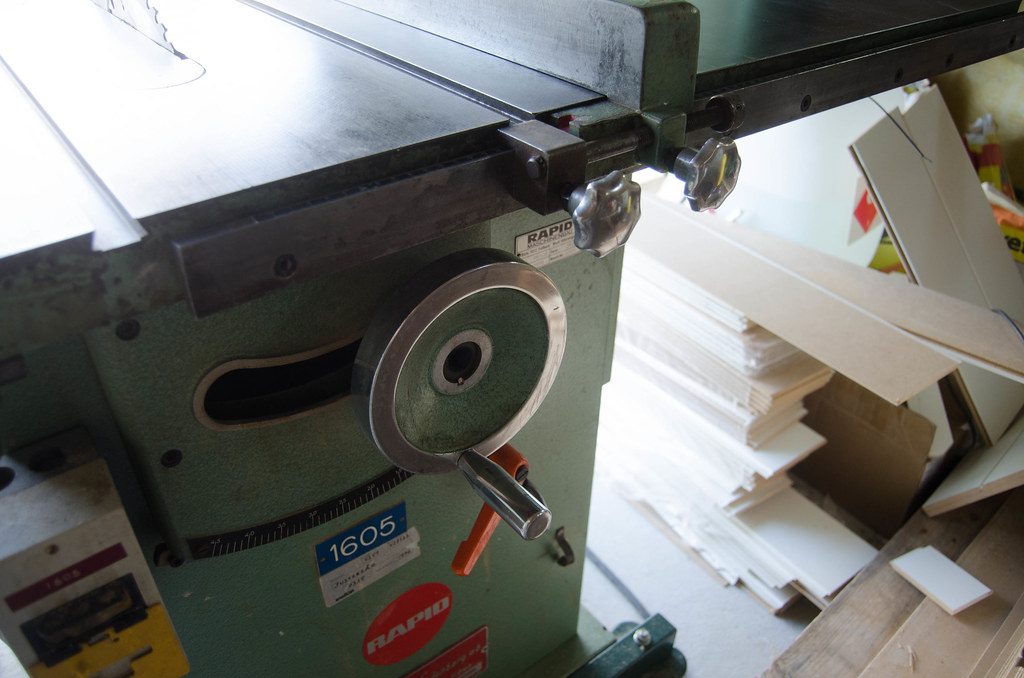I noticed this last night as I was making runners for a jig, both slots are affected but the right slot is much less so, that's mild enough to not be an issue I think, the left slot though makes it impossible to get a good fit because it's wider in the middle and narrower in both ends. My table top is cast iron by the way.
What's the best way to correct this kind of issue, I've heard of solutions like taking the top off and having it machined. That's a solution that's a bit too involved and expensive for me personally.
Now I suppose maybe I am just doing it wrong, the slots on my table saw are not T-shaped as most saws, but they're dovetails:
I have made the runners to index against the very top of the slots, where there is little material. This is far easier than making a runner that's a dovetail, and I can just lift the jig up from the saw, but I suppose I am indexing against a bit that is most likely to get worn down and this saw is 40 years old now. Maybe I need to try and make dovetail runners, but it's been a real annoyance before to get everything to line up properly.
Any tips or suggestions would be welcome.





 Reply With Quote
Reply With Quote





